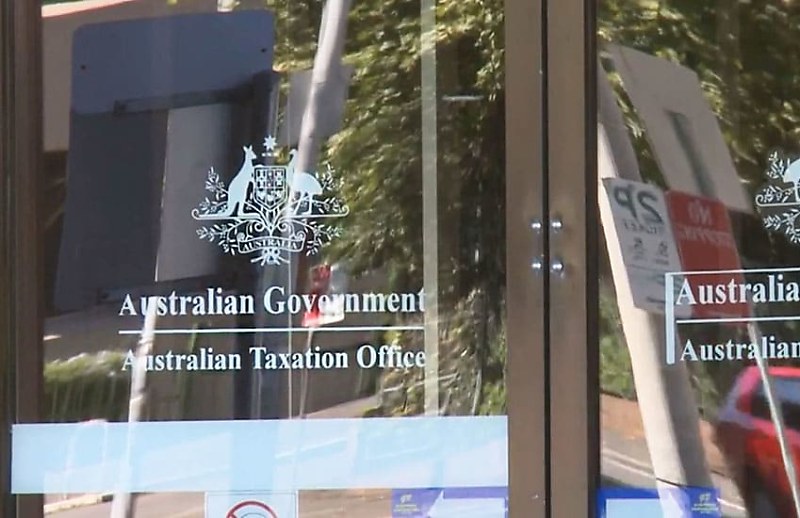Tax practitioners and their clients should be across some of the “quirks” around the timing for claiming input tax credits following the recent release of MT 2024/D1, Accurium has said in a recent educational webinar.
Last month, the ATO released the draft taxation ruling, MT 2024/D1 which outlines the time limits for claiming an input tax or fuel tax credit.
Accurium head of education and tax, Lee-Ann Hayes, said the ATO has slightly changed its position in this draft ruling from its previous draft ruling issued back in 2018.
The draft ruling explains when an input tax credit is taken into account.
“Obviously that will be where it forms part of the calculation of a net amount,” said Hayes.
So, we’ve lodged our GST return, this is the GST on our sales, these are the input tax credits we’re entitled to with respect to our acquisitions and the difference between the two has been taken into account.
“Even though we might not have formally got a refund of the input tax credits, it offset the GST payable.”
Hayes said there may also be situations where there is an extension to the due date for a return.
“This is where you’ve applied for an extension and the four years then starts from the extension, giving you a longer timeframe,” she added.
The third way that an input tax credit can be taken into account, according to the ruling, is where a valid objection has been lodged within the four year period, she said.
Hayes explained that this is the main difference between this draft ruling and the previous one.
“Under the [previous] version, lodging an objection didn’t get you there, but it now does,” she said.
“So, as long as you lodge that valid objection within that four year period and include the input tax credits as part of that objection, it will be deemed to have been taken into account during the four year period and your input tax credit will still be enlivened, until that objection decision is handed down.”
However, Hayes warned that under the ruling, requesting an amendment during these four years won’t be enough for the input tax credits to be taken into account.
“So, if you want to amend a GST return to put the input tax credit in, you want to be doing it with enough lead time to ensure you’re not outside of that four year period,” she warned.
“Similarly, applying for a private ruling won’t get you across the line either.”
Hayes said there are also two broad exceptions.
“Exception number one is where we treated the supplies for which the input tax credit relates to as input taxed supply. If you have an input taxed supply, anything we acquire to make that supply is not creditable so we’re not entitled to an income tax credit. So, we wouldn’t have taken it into out because it wouldn’t have formed part of the net amount,” she said.
“However, let’s say down the track within the amendment period, the Tax Office comes in and amends part of our return to actually treat it as being a taxable supply, or even perhaps a GST free supply. That obviously has changed that creditable acquisition aspect because if we're making it a taxable supply, or a GST-free supply, it's a creditable acquisition, and we're entitled to the input tax credits.”
In this particular scenario, Hayes said as long as that amendment has happened within the GST amendment period, the taxpayer will be entitled to an input tax credit, even though it may be outside the four-year amendment period.
The other exception is where the taxpayer validly requests documents to be treated as tax invoices during a 4-year period, she said.
“I may have had an acquisition during a particular tax period so it would go into the GST return but we know that I can’t claim an input tax credit unless I’m holding the invoice. So once I’m holding the tax invoice, I can put that in my GST return for the next tax period,” she said.
“The way this four years works, however, is that it’s four years from the due date, regardless of the invoicing rules. So it doesn’t start from when you hold the tax invoice, it starts from when the acquisition occurred.
“Down the track you may realise that might realise you're getting close and you've got a document that you want to have treated as a tax invoice even though it's not formally one and you validly request to the Tax Office to treat that document as being an in tax invoice.”
Where taxpayers do this during the four years, Hayes said this will enliven the tax invoice and the input tax credit, allowing them to claim it.
Hayes said these kinds of timing issues tend to crop up with property transactions in particular, so it's important tax practitioners talk to their clients about any transactions they may be undertaking.

 Login
Login







